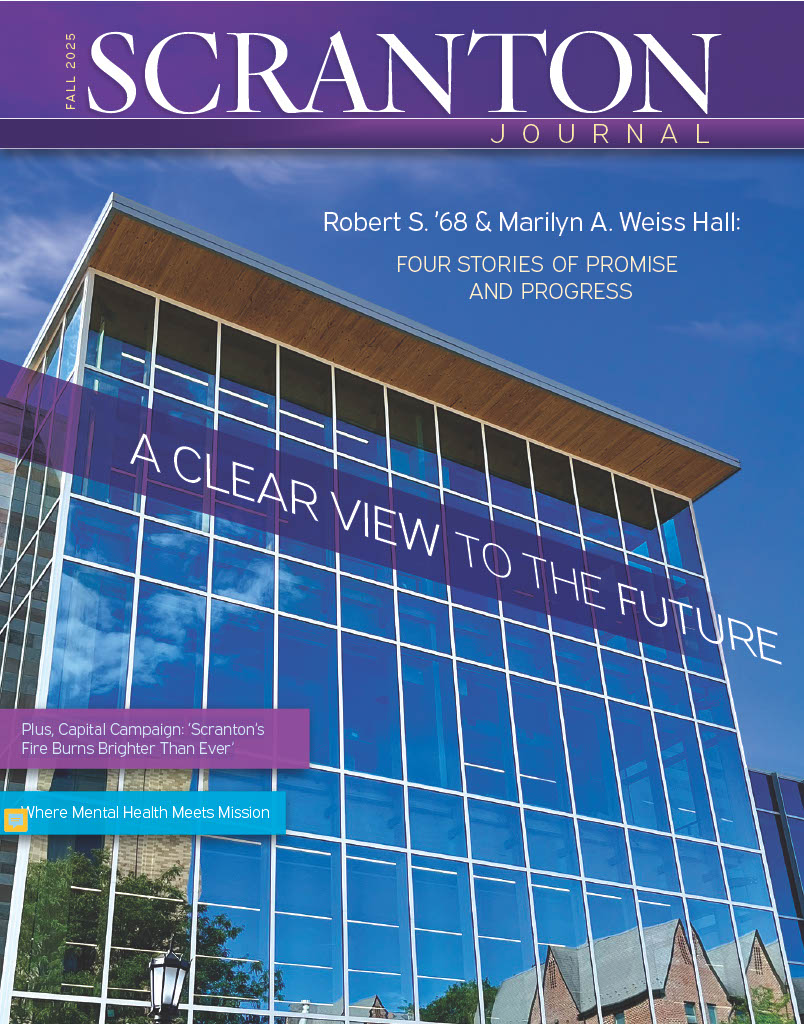You researched and wrote about community problem-solving policing in places such as Boston and Los Angeles. How has that research affected the service work you have done locally with the Lackawanna Country Re-entry Task Force and the Scranton Police Department, for example?
My experience studying and working on projects in large urban environments gives me a unique understanding of many of the concerns we face locally. In Scranton, we’re working with a smaller and closer network of professionals, which helps with getting buy-in for change and in implementing whatever new idea we’ve created.
You’re an expert in community problem-solving policing? Why do you think it works?
Community problem-solving policing is a strategy in which police establish and maintain close relationships with the various groups that make up the city they police. No city is homogenous. Each is made up of myriad groups with various needs and differential capacities to meet these needs themselves. The police must use their community relationships to better understand how best to serve those segments of the community and by marshaling the resources and strengths of each community within their city.
This brings us to the other part of community problem-solving policing, the orientation around preventing problems of crime and disorder before they occur. The best way to do this is to be in touch with the community and to employ non-police entities (e.g., schools, businesses, citizen groups, social-service agencies). It should minimally rely on the law enforcement function of police. Instead, police should use their problem-solving abilities and resources to prevent the next problem from occurring. As is often said, “We can’t arrest our way of out crime.” This is even truer when it comes to problems of disorder.
George Kelling, co-author of the 'Broken Windows' theory, is one of your mentors. Can you talk about how he influenced you and your work and/or career?
Dr. Kelling’s impact on policing extends over five decades. From taking the lead on the first-ever large-scale experiment in policing to his Kansas City Preventive Patrol experiment to his seminal work on uncovering the methods of how police help to manage life in urban cities and his consulting work with police department across the world, Dr. Kelling’s contributions to the academic field of policing and thus, to my work, are inescapable.
He’s also provided a good example of how to write in a way that is academically appropriate but still accessible to the people who could most benefit from readings on policing (i.e., citizens and police practitioners). That’s partially due to the fact that he demands his students get into police departments to experience them firsthand before studying them. In that regard, he helped me to get unprecedented access to major police departments in Los Angeles, Boston, Newark and Milwaukee.
He's had to defend the theory a lot recently. What do you say to critics?
The theory itself makes intuitive sense — signs of physical and social disorder in a neighborhood send the signal that no one cares about an area and therefore more serious types of disorder or offending would be acceptable. What Kelling saw in his observations of and discussions with police is that police played an important role in helping to attend to those disorders. One can argue with certain implementations of his theory, but one cannot discredit Dr. Kelling’s contributions to policing and thereby the enhancement of community safety and citizens’ quality of life.
You're an alumnus. Why did you come back to teach at Scranton?
Scranton alumni have an almost unhealthy adoration for the University of Scranton, so when I’m asked by an alumnus how it is to now be on this side of things, I reply, “Scranton is as great a place to work as it was to be a student.”

